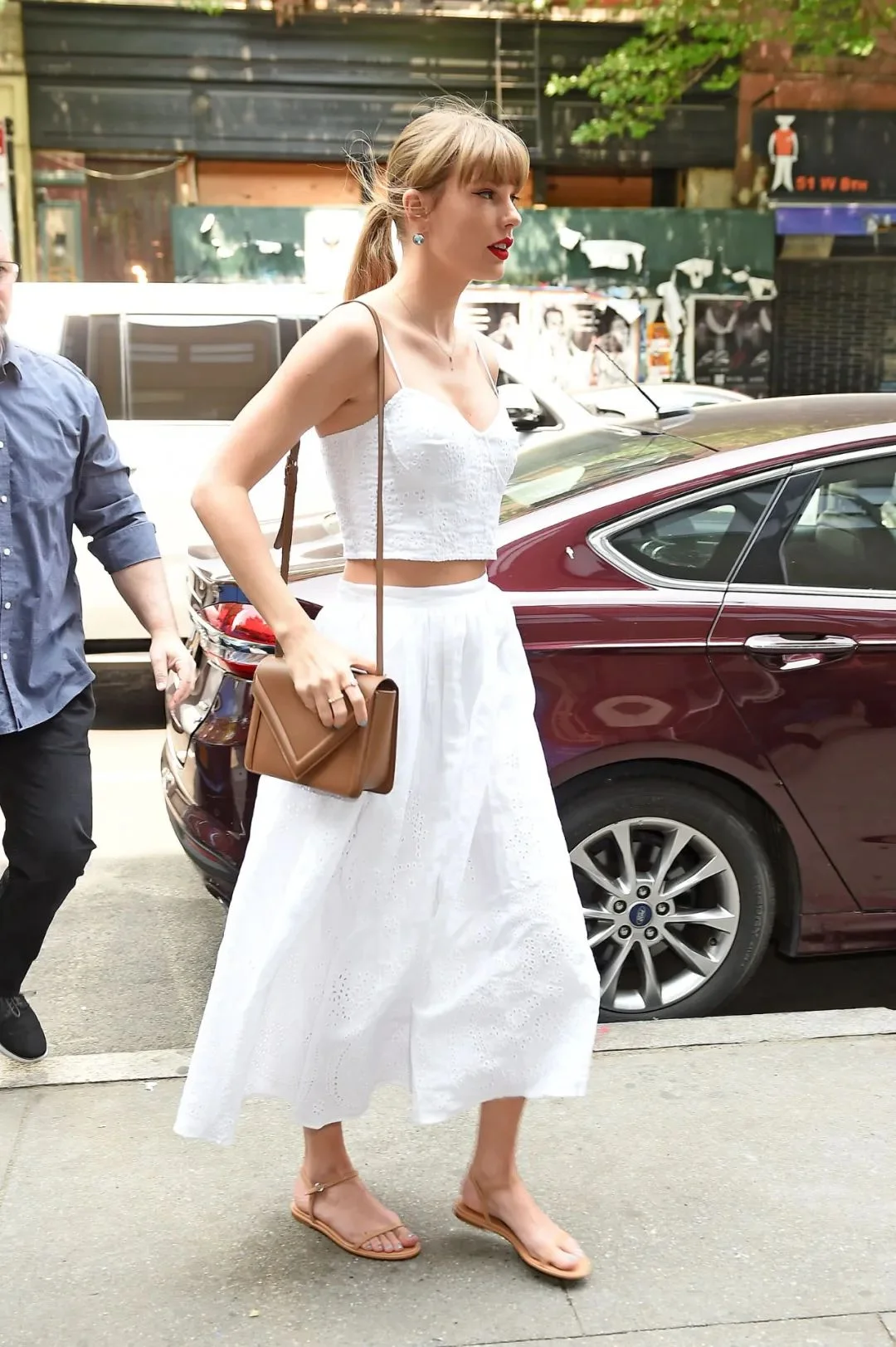Is Bohemian Style 70s ?
70's Clothes: 1970's Inspired Boho Style Clothing
Elegant, wide, ethereal and 1970s-style skirts are back again this summer. On the one hand, miniskirts are successful in super tops from Kendall Jenner to Hailey Bieber, and on the other hand, long skirts with a bohemian aesthetic have become a staple of summer wardrobes A must-have item.
Practical and lightweight, they've become a hit among celebrities, but not only that, but they also overshadow bodycon dresses that can sometimes be difficult to wear daily. Long skirts are loose, elegant, and light, and have a 1970s feel in this season.
What is "Boho"?
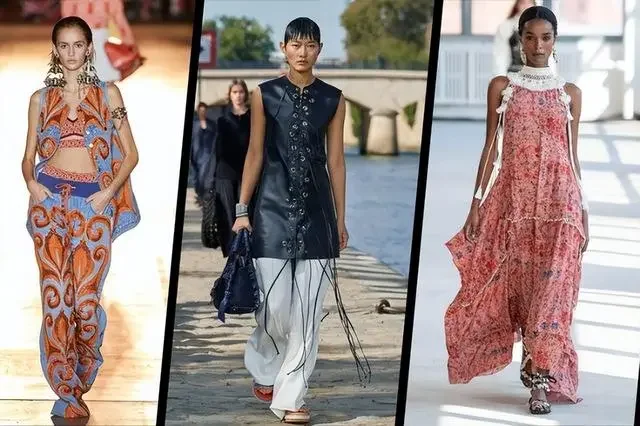
Bohemian Fashion originated from the clothing style of fashion artists and free thinkers in the 19th century and is known for its free, unconventional, and relaxed characteristics. The bohemian style emphasizes individuality, art, and free expression. Boho style, short for Bohemian and Soho, merges ethnic fashion with urban elements. A coined term blending the free-spirited Bohemian vibe with the trendy influences of New York's Soho district.
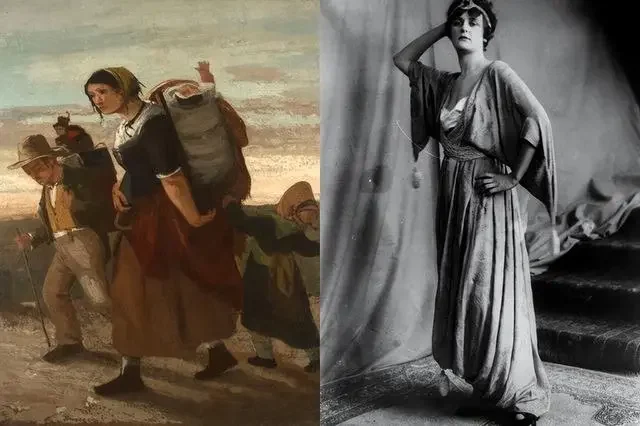
Although it is difficult to pinpoint the exact origins of the more than 200-year-old bohemian style, one theory is that bohemian culture was born as a counterculture in the second half of the 18th century after the French Revolution. At that time, the patronage system in which upper-class individuals supported the arts ended, and many artists fell into poverty.
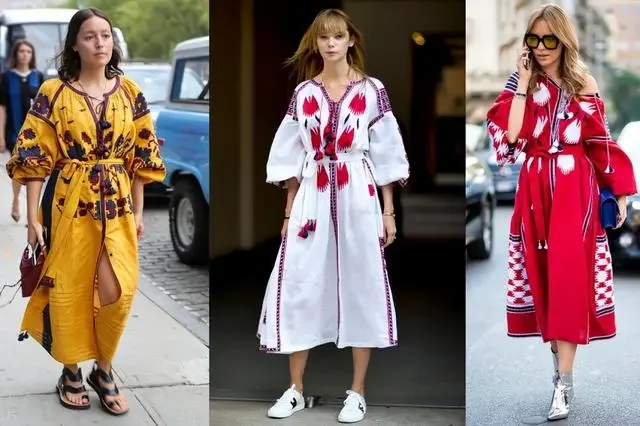
There's also a theory that the French word "bohemian" came to be used as a derogatory term for the Romans, who were thought to have come to France from Bohemianism. Bohemia is the medieval kingdom of Bohemia and is now the largest historical region in the Czech Republic.
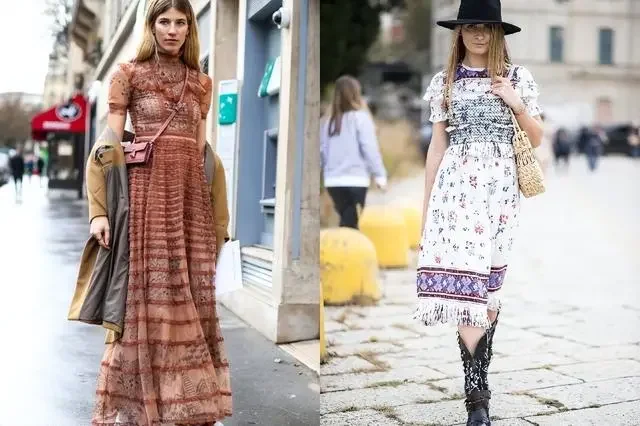
Regardless, "Bohemian" is a term that means something. Put simply, it symbolizes those leading an unconventional, nomadic lifestyle, evident in their unique aesthetic choices.
Dressed by people known as bohemians, there are historic attires from across Europe, as well as clothing made from soft, easy-going fabrics inspired by craft patterns and silhouettes.
Bohemian style features
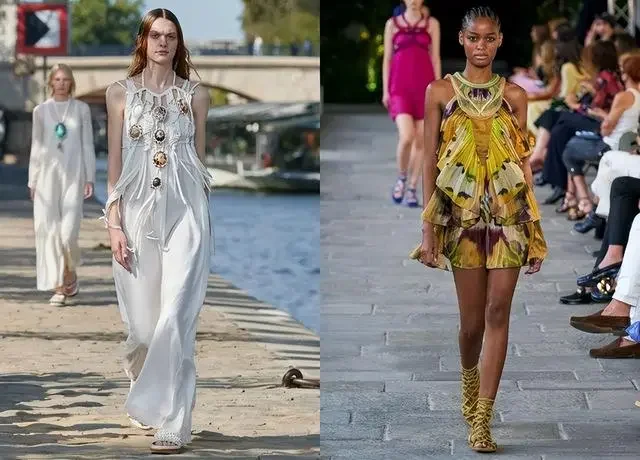
At the beginning of the 20th century, the free and relaxed "Bohemian" style became a word spread among the wealthy. Between 1900 and 1920, French fashion designer Paul Poiret revolutionized women's fashion by introducing draped designs, liberating them from the constraints of corsets and enabling the wearing of more comfortable dresses.
Poire created a series of boho-chic pieces such as stride skirts, harem pants, and lampshade tunics that became popular. Upper-class people have begun to embrace the "noble bohemian" and want to participate in this movement, which has become synonymous with people with unique creative ideas.

In the dynamic history of fashion, a fresh take on bohemian style blossomed during the 1960s and 1970s, intertwining with the liberating spirit of the hippie movement, which championed self-expression and challenged societal preconceptions.
Woodstock in 1969 was an important turning point in redefining bohemian style. In addition to floral patterns and airy dresses, flared silhouettes, embroidery, ponchos, moccasins, balloon sleeves, fringes, and more were also born in this era.
In the mid-2000s, Sienna Miller and Kate Moss made a significant impact, pioneering the "festive" fashion trend with their iconic bohemian-inspired outfits. Their influential style marked the official emergence of festive fashion. Listening to Arctic Monkeys and Razer Light, the style of wearing necklaces, pull-up skirts (pleated skirts), rivet belts, and suede over-the-knee boots has become a trend
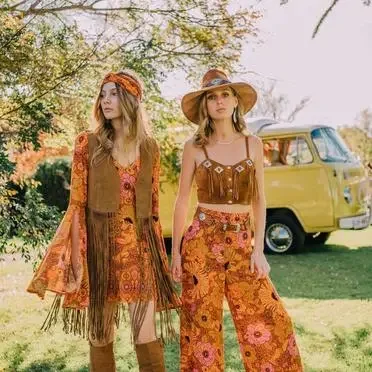
Bohemian style is natural, casual, romantic and retro, as unrestrained as a beauty-loving girl. It is denifitely worth a try in spring and summer.


